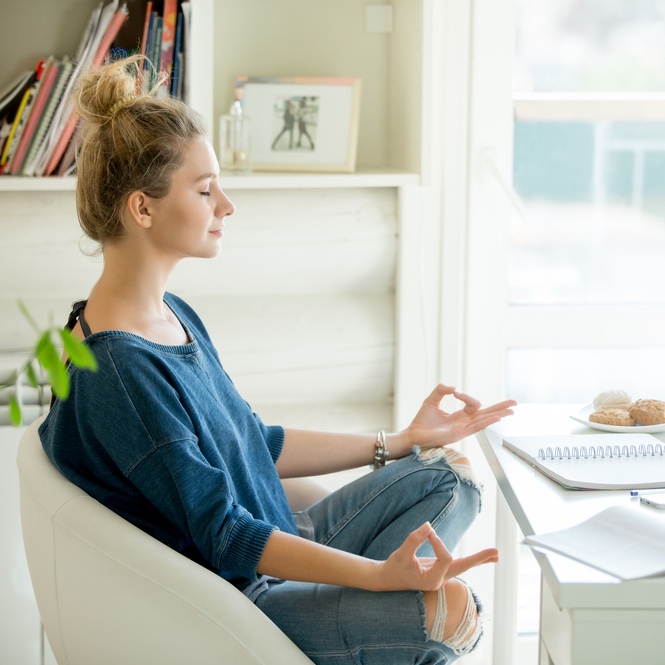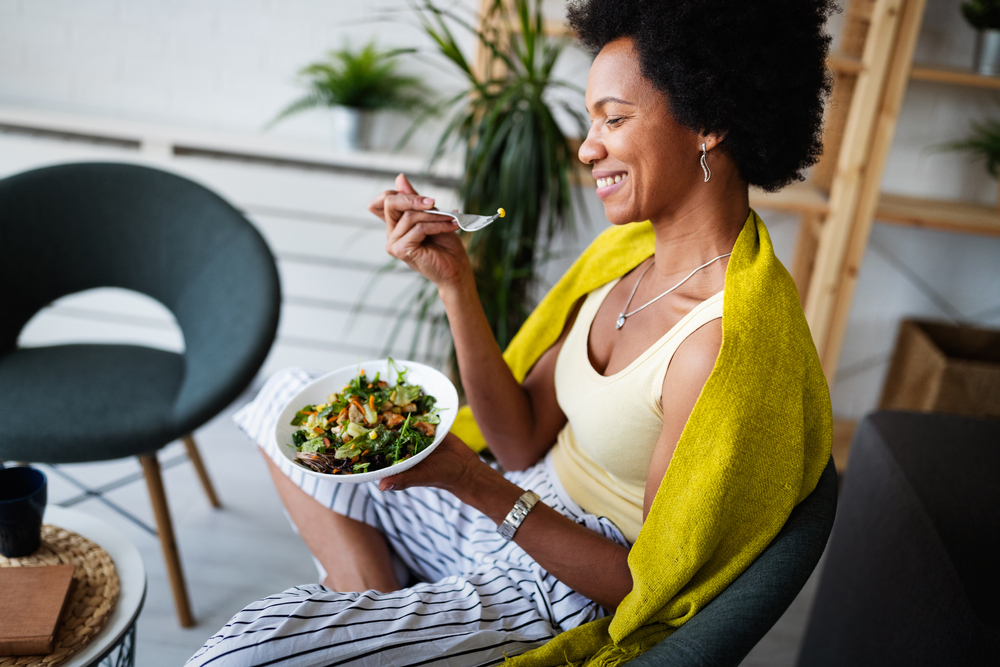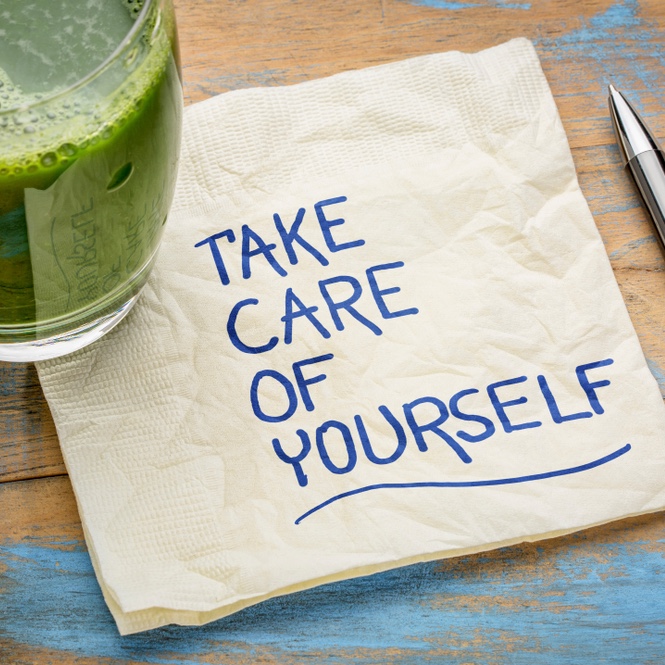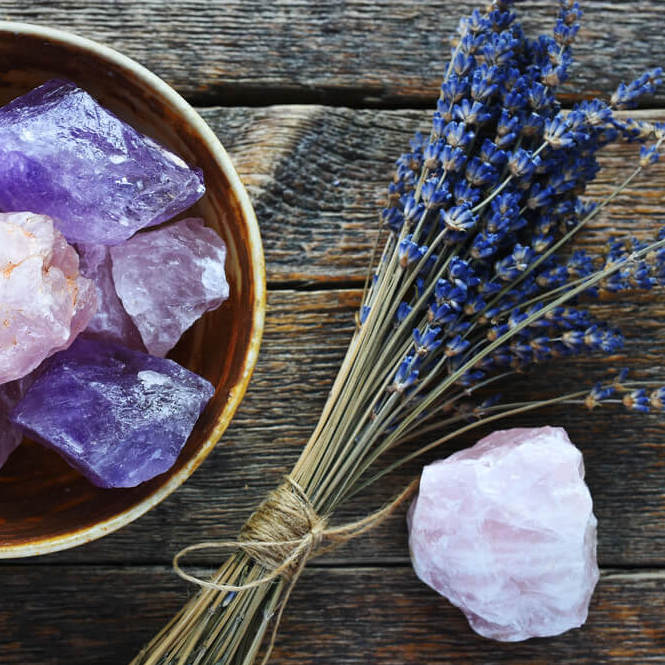5 Minute Read
Words by Carina Platt
Share this article…

Meditation has long been recognised for its benefits on our minds and bodies but many of us are too busy to stick to a routine. Here’s some realistic meditation expert advice that can help you practice it while on the go.
Meditation is big business, with app downloads booming in popularity. And it’s little wonder, with research showing its benefits ranging from increasing our attention span, reducing stress to aiding sleep.
Imagine someone meditating and you probably think of someone sitting quietly crossed legged while staring at a candle. However, growing numbers of people are turning to modern ‘moving meditations’ which fit more easily into busy lives as they can be done while on the go.
“People are realising that meditation can take many different forms”
This informal style of meditation involves going about your daily activities but in a way which stops your mind wandering off. The result is that we feel more mindful – or aware- of the present moment, helping to quieten the constant, often negative, chatter in our minds.
‘People are realising that meditation can take many different forms,’ says bestselling author and mindfulness meditation teacher Anna Black. ‘Moving meditations are good for people who struggle with sitting still. It might be because they are busy or anxiety is making them feel restless. In those cases, sitting still can work against us and doing meditation where there’s action can really help.’

Listening to a friend can be a great meditative practice.
With studies showing that 43% of us stop practising mindfulness straight after learning it, Anna says it makes sense for people to combine meditation with activities they were planning to do anyway.
‘We can carry on with our daily activities, but in a slightly different way. Research suggests that little and often is better than doing a big chunk every so often so it can be hugely beneficial to do meditation in this way.’
Those giving it a try might be tempted to only practice when the going gets tough as a ‘quick fix’. But Anna says it’s important for people to wait until they are feeling good to begin learning as this is when it is easier to properly tune into the body and mind without our worries getting in the way.
‘Once we’ve got the hang of it, we can then call upon these techniques when we’re not feeling our best, for example if we’re feeling anxious about a big interview,’ she says. ‘It quietens our minds which can occasionally let traumas we thought we’d forgotten about come to the surface. If that happens you must stop and learn with a suitably qualified health practitioner.’
Five easy meditations you can do on the move
1. Chat to a friend—and listen
We’ve all done it—someone is telling us something and we realise that we stopped listening to them mid-sentence. Perhaps we’ve been running through our to-do list or rehearsing what we’re going to say back to that person. Being fully present when someone is talking to you is a form of meditation.
‘Children especially can be telling us something that sounds inconsequential if we’re only half listening, but is actually really important,’ says Anna. ‘We miss those non-verbal cues if we’re distracted. When your mind wanders, notice what pulled it away and bring it back to the conversation. This is the same skill we cultivate in traditional meditation.’
2. Ground yourself
Use those minutes when you’re not doing anything else to squeeze in a bit of meditation. It might be while waiting at the school gates or standing around at a queue in the supermarket. Drop your attention to the soles of your feet and imagine breathing in through your mouth and the air travelling down through your shoes into the ground.
‘Once you’ve got the hang of it, this is a particularly good one to draw on when things are feeling tricky,’ says Anna. ‘I’ll often do a few rounds of these while at the dentist. It’s not about trying to make the feeling go away, it’s about steadying your mind and not letting yourself get swept away.’

3. Forget the goals
Notice the physical sensations in your body as you move, whether it’s doing proper exercise or rushing to and from work. Take a slower pace for a small portion of your journey, putting one foot more deliberately in front of the other. Notice how it feels as they press to the ground and up again.
‘When we’re travelling somewhere, it’s all goal driven—we’re trying to clock up a certain number of miles or get to a certain place,’ says Anna. ‘Try to release that for a moment. If its walking, know that you’re walking. If you’re running, know you’re running.’
4. Mindful eating
Most of us are on auto pilot when we eat or drink. It’s okay to do that, but even just being mindful about the first sip or bite can really make a difference. A lot of us are too distracted to taste things properly.
‘I remember grabbing a soggy sandwich at a train station while I was rushing off to a meditation conference. When I ate it mindfully later, it was just horrible! Meditating while eating isn’t about liking your food more, it’s just about paying attention to its texture, taste and smell.’

5. Look for the good
Notice three nice things as you go about your day. It might be catching someone’s eye and swapping smiles or seeing a flower you like. Bank it in your long term memory for later in the day when you can recall the pleasant feeling it gave you.
‘We’re primed to notice and remember negative things more as it’s part of survival mechanism so keeping an eye out for nice things requires us to be more mindful and pay closer attention to the here and now,’ says Anna.
Share this article…





